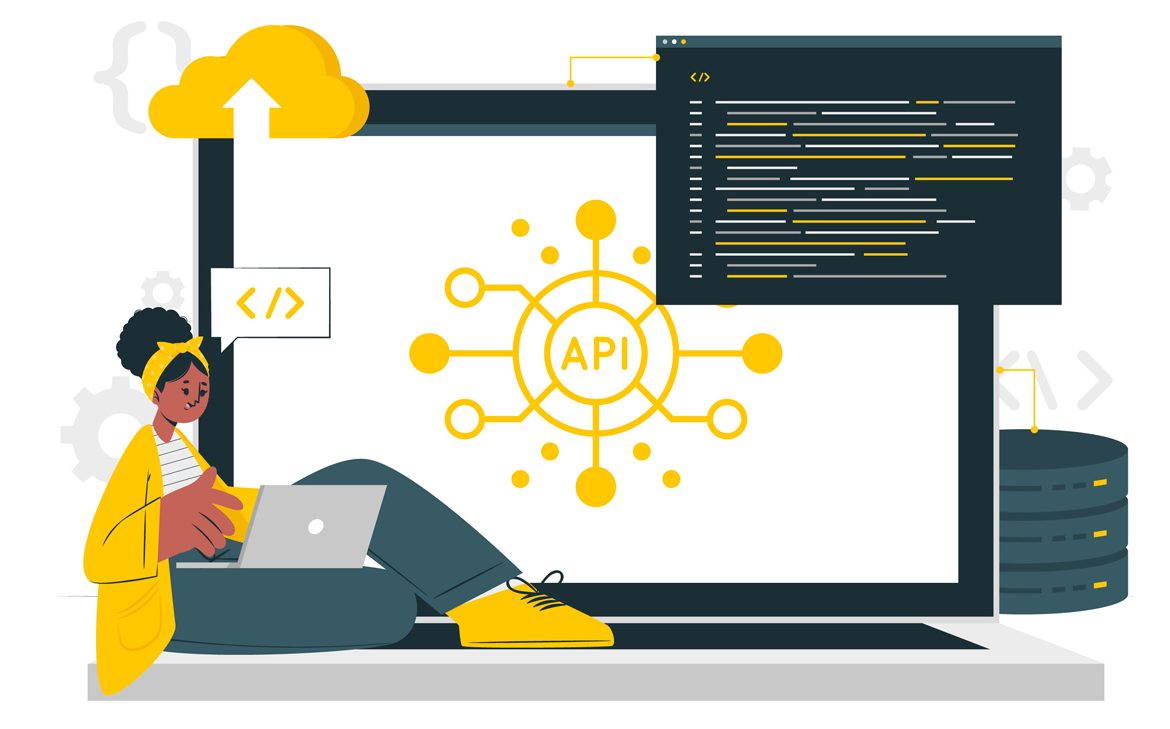Integration has been around as long as there have been technological resources. Before platforms like MuleSoft, IT was a single block in an enterprise, so everyone had to wait for integration to eventuate.
With its focus on APIs, MuleSoft changed the way integration works by making it easy and quick to deploy application programming interfaces, it led ecosystems can now drive the digital transformation of any business and helped CXOs get a good return on investment.
APIs are powerful, but it can be hard to figure out how they do their magic. In this discussion, we’ll look at how it can power your business and how to start a digitalization initiative.
Contents
What do Application programming interfaces do?
Applications power everything we do online, even if we don’t always see them. In the early days of technology, these programs talked to each other directly, point-to-point. This turned into an integration bus architecture that linked applications to an ability to share sources of information which are flexible and scalable interfaces that connect software, and show what each application can do without needing a bus or a single middleman.
They are like Legos: they are simple, self-contained parts with standard interfaces. It can be complicated because they expose a lot of functionality, but they are easy to deploy, manage, and scale in a microservices architecture. Enterprise integration made possible by microservices takes advantage of the power of reproducibility or reusability because they can make complex models out of smaller, more flexible parts. Platforms like MuleSoft give businesses the tools and features they need to support this type of integration.
To a programmer, an operating system is defined by its API. — Charles Petzold
Application programming interface; Is About Reusability:
When it relates to Application programming interface power, I’ve found that the idea of being able to use something more than once is at the heart of the matter. APIs make it possible to reuse code within an organization, and API-led architecture encourages the utilization of existing assets from the start.
Many CXOs in different industries think they have to start from scratch with APIs and digital tools to drive inclusion, but they don’t have to. They also don’t have to throw away everything they’ve built over the past few years in order to switch to a centered ecosystem.
Businesses can get started with what they currently have. In fact, if you take an adaptive strategy to integration, you can make investments that are more cost-effective and based on return on investment. These are the kinds of investments that many businesses want to make after 2020.
APIs Enhance the system security:
In this day and age, there are more and more data breaches, and most of them involve exposing data assets. Because of this, businesses have to step up their security measures. People have good reason to worry that exposure can hurt data security and privacy, but I want to stress that is neither inherently safe nor dangerous. How well they can support a “security-first” mentality in an organization depends on the corporate governance and corporate culture that backs them up.

In other statements, how you handle your APIs is the same as how you handle your business’s data and security. This is another important thing to know about their power: they are not just a technological part of digital transformation. They also depend on the way your organization works. Change management is an important part of moving to a centric ecosystem because it takes a village to keep your data safe.
This means giving the right privileges to your business teams and following the principle of relatively limited access. When you accomplish this, APIs now become a tool that helps your company’s security-first mentality instead of getting in the way of it.
API Led Architecture:
You’re convinced that APIs can drive technological change and business value in your company. What do you do next, and where do you start? The first steps you take on your API journey really depend on your business, what it already has and how it works, and what you want to accomplish.
So, when a client wants to switch to an API-led architecture, we give them a “journey map” to look at their current business landscape and ecosystem. This map shows how a business works, including its data streams, source systems, data users, technology adapters, external sources of information governance and security, infrastructural facilities, business strategy, and other core parts.
During a typical drawing table session, we ask CXOs to show us where they are on this map and where they want their business to go. Most of the time, that means pointing out where the pain is. For example, are the APIs your business currently uses safe enough? Have you set up a good government? Do you want to switch from mainframe computers to real-time connectors? What is your plan for the cloud? By asking such detailed questions, we can get a full picture of what your business needs instead of just focusing on one thing at a time.
They also support the idea that API-led integration should be done in small steps. When adding APIs, businesses can know where to start and where they want to go if they use the crawl-walk-run method. It’s also important for measuring progress in a space that may feel very foreign to people who just started their API-led digital transformation journey.
APIs may make enterprise transition easier and speed up innovation, but the speed of API system implementation depends on the culture of a business, where it is now, and where it wants to go. Also, for API-led integration to work, everyone needs to be on board. Change is always hard, and APIs really aren’t something you can just drag and drop into place. The more the team members can work together during the process, the better the end result will be.
APIs & The Digital Systems:
Integration led by APIs has the potential to add a lot of value to a business, but it is not just a top-down initiative. Every industry needs to understand the idea of the “citizen developer” because real innovation happens when you give all your programmers and professionals the right digital infrastructure, training, best practices, and safety measures. It doesn’t come from a single IT group or business entity. Instead, it comes from ecosystems of businesses and partners.
APIs are built with this idea in mind, so you can easily build connected experiences that help you reach your innovation goals, empower your teams, and start creating the added business benefits that will help your business grow.





